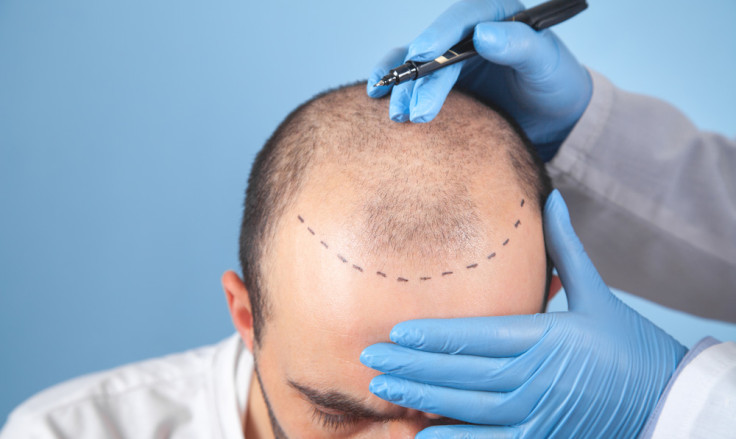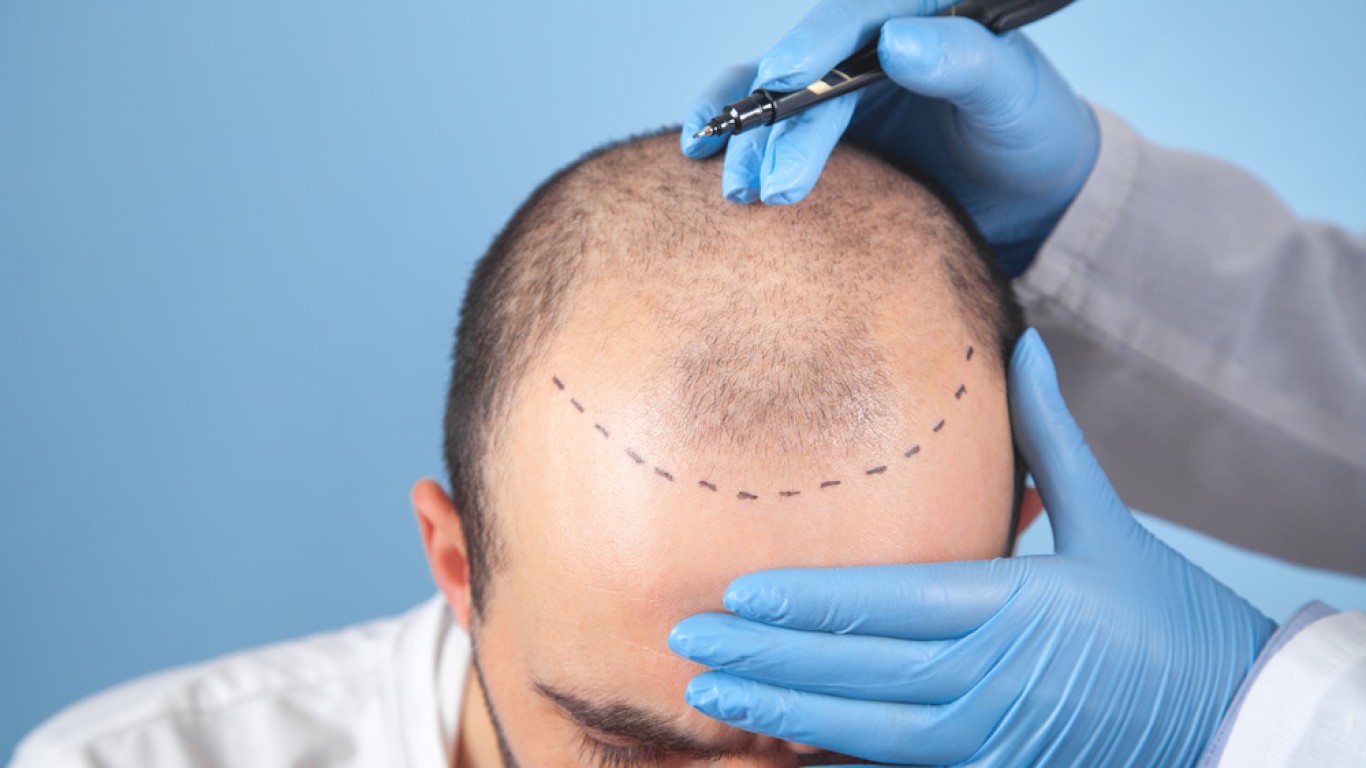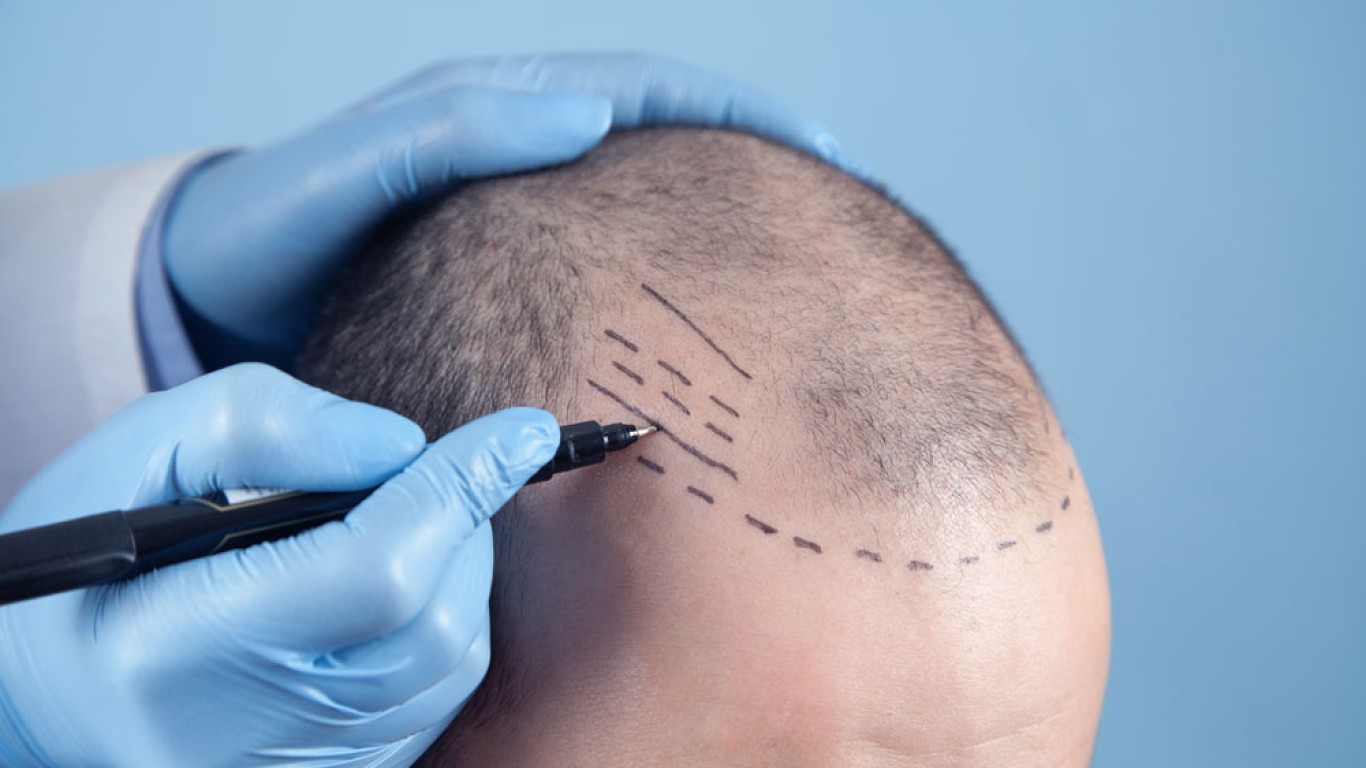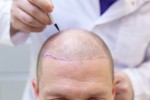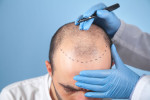Introduction
FUE hair transplants offer natural-looking hair restoration with minimal scarring and downtime. However, understanding the recovery timeline is crucial for managing expectations and achieving the best results. This guide explains what to expect week by week after undergoing FUE surgery, along with tips for faster healing.
What Is FUE and How Does It Work?
Follicular Unit Extraction (FUE) is a modern hair transplant method. It involves removing individual hair follicles from a donor area. This donor area is typically the back or sides of the scalp. These grafts are then implanted into thinning or bald areas. Because it doesn’t require large incisions, FUE leaves minimal scarring. The result is a fuller, natural-looking head of hair.
The First 24 Hours After FUE Surgery
First day is critical for setting the tone of your recovery. You’ll leave the clinic with post-op instructions and bandaging. Swelling and mild discomfort are common, especially around the forehead. It’s important to avoid touching, scratching or washing your scalp. Rest and keep your head elevated to reduce swelling. Ice packs may be applied above the eyebrows—not directly on the grafts.
Days 2–5 Post-FUE: Early Healing Begins
Swelling may peak around day three but should gradually subside. Redness and minor crusting around the grafts are normal. You will usually return to the clinic for a gentle hair wash and assessment. During this time, avoid sun exposure, sweating, and wearing hats. Follow your surgeon’s guidance carefully to prevent disrupting the healing follicles.
Days 6–10 Post-FUE: Washing and Crust Removal
Crusts begin to soften and fall off naturally around this time. Most clinics provide a special shampoo and technique for washing. Never pick or scratch crusts, as this can dislodge grafts. It’s also the point when donor areas begin to look normal again. Many patients feel more comfortable going out in public during this period.
Weeks 2–3 Post-FUE: Shedding Phase Begins
Around the second or third week, you may notice hair shedding. This can feel concerning but is completely normal. It’s called “shock loss” and affects the transplanted hairs—not the follicles. The roots stay in place and begin to grow new hair over the coming months. The shedding phase is temporary and part of the natural process.
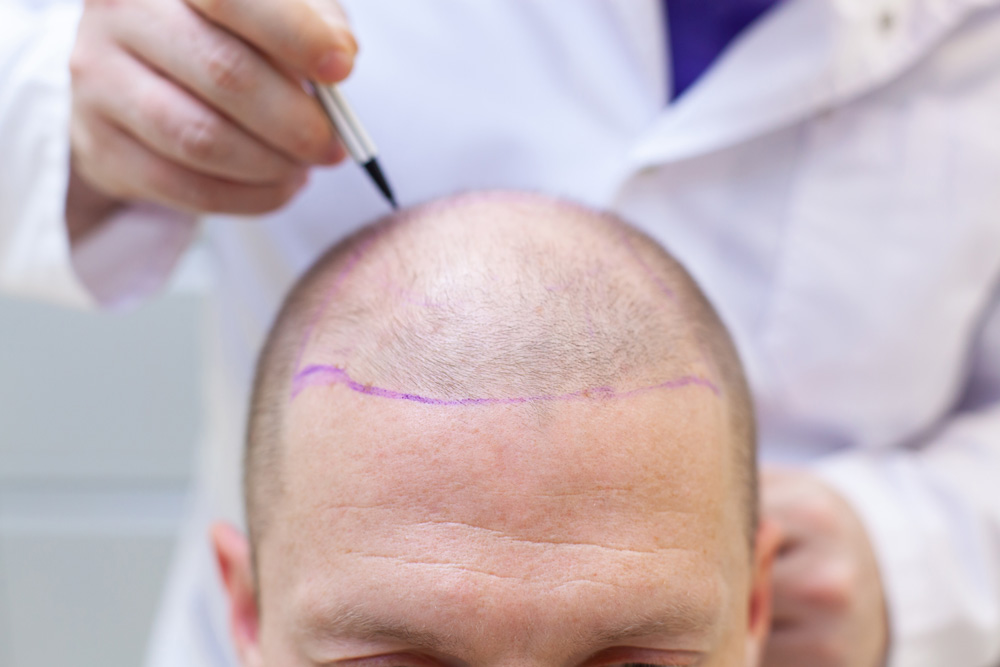
Week 4 to Month 2 Post-FUE: Transition Period
During this stage, your scalp may look similar to how it did pre-surgery. New growth hasn’t started yet. Some patients experience mild itching or sensitivity as the skin adjusts. It’s important to stay patient. The follicles are working beneath the surface to develop new hair. This phase is sometimes emotionally challenging, so keep expectations realistic.
Months 3–4 Post-FUE: Early Hair Growth Begins
You’ll start noticing thin, soft hair beginning to sprout. This early growth is often sparse and lighter than your normal hair. However, it signals that your follicles are becoming active. Continue with your aftercare routine and protect your scalp from UV rays. By the end of month four, you’ll likely see the beginning of fuller areas forming.
Months 5–6 Post-FUE: Noticeable Density and Volume
Hair growth accelerates, and the transplanted areas begin to thicken. Texture and colour begin to match your natural hair. You may now trim or lightly style the new growth. Many patients feel a boost in confidence at this stage. Hair continues to mature in thickness and shape over the following months.
Months 7–9 Post-FUE: Major Improvements Show
By month seven, your hairline becomes more refined and volume significantly increases. Hair looks fuller and blends with surrounding areas. Any patchiness from earlier phases usually resolves. Continue maintaining a healthy lifestyle to support ongoing growth. Biotin supplements, hydration, and proper scalp care can also help enhance results.
Months 10–12 Post-FUE: Final Results Are Visible
At the 12-month mark, your final results are usually complete. Hair appears natural in density, colour, and growth pattern. Most people enjoy styling their hair freely at this stage. If needed, some opt for a second session for extra density. However, most patients are satisfied with their first session alone.
How to Support the Best Recovery Possible
- Avoid smoking and alcohol
- Use prescribed shampoos and medications
- Wear loose-fitting hats only after week 10
- Stay out of the sun or use sunscreen on your scalp
- Stay hydrated and eat a balanced diet
Following these tips can enhance recovery and protect your new hair.
Common Emotions During FUE Recovery
FUE recovery is not just physical—it also affects emotions. Many patients feel excitement, followed by impatience or concern. Understanding the phases helps reduce stress. Keeping track of progress with photos can provide reassurance. Knowing that recovery takes time helps you stay positive and focused on your end goal.
Comparing FUE Recovery to Other Methods
Compared to FUT (Follicular Unit Transplantation), FUE recovery is faster and less invasive. FUT involves removing a strip of scalp, leading to a longer recovery. FUE patients return to daily activities sooner and avoid the linear scar associated with FUT. Hence, FUE is often the preferred option for people seeking minimal disruption and long-term results.
Lifestyle Habits That Improve Long-Term Results
Your lifestyle plays a major role in sustaining your results. Regular exercise boosts circulation, which supports hair health. Managing stress also reduces hair loss triggers. Additionally, avoid harsh styling products or heat treatments. Treating your scalp gently helps maintain strong follicles. Long-lasting results are built on consistent care and health.
Traveling to Istanbul for Your Hair Transplant
Istanbul is a global hub for FUE procedures. Clinics offer experienced surgeons, state-of-the-art facilities, and affordable pricing. Patients benefit from travel packages that include accommodation and transport. Medical tourism in Turkey is growing fast. This makes it easier to combine expert care with a comfortable experience abroad.
Conclusion
FUE recovery is a steady journey with distinct stages. From the first day through to the 12th month, knowing what to expect helps you stay calm and committed. By following post-op instructions and caring for your scalp, you’ll enjoy long-lasting, natural results.
For more information and to book a consultation visit the ACIBADEM Beauty Center Hair Transplant page.
Frequently Asked Questions
FUE recovery involves minimal pain. Most patients report mild discomfort or tightness for a few days.
Many return to non-strenuous work within 3–5 days, depending on their comfort and appearance.
Light walking is okay after a few days. Wait three weeks before resuming intense physical activity.
Some patients choose a second session for added density, but many achieve their goals in one.
Yes, FUE works well for both. Women often have different thinning patterns but still see excellent results.
